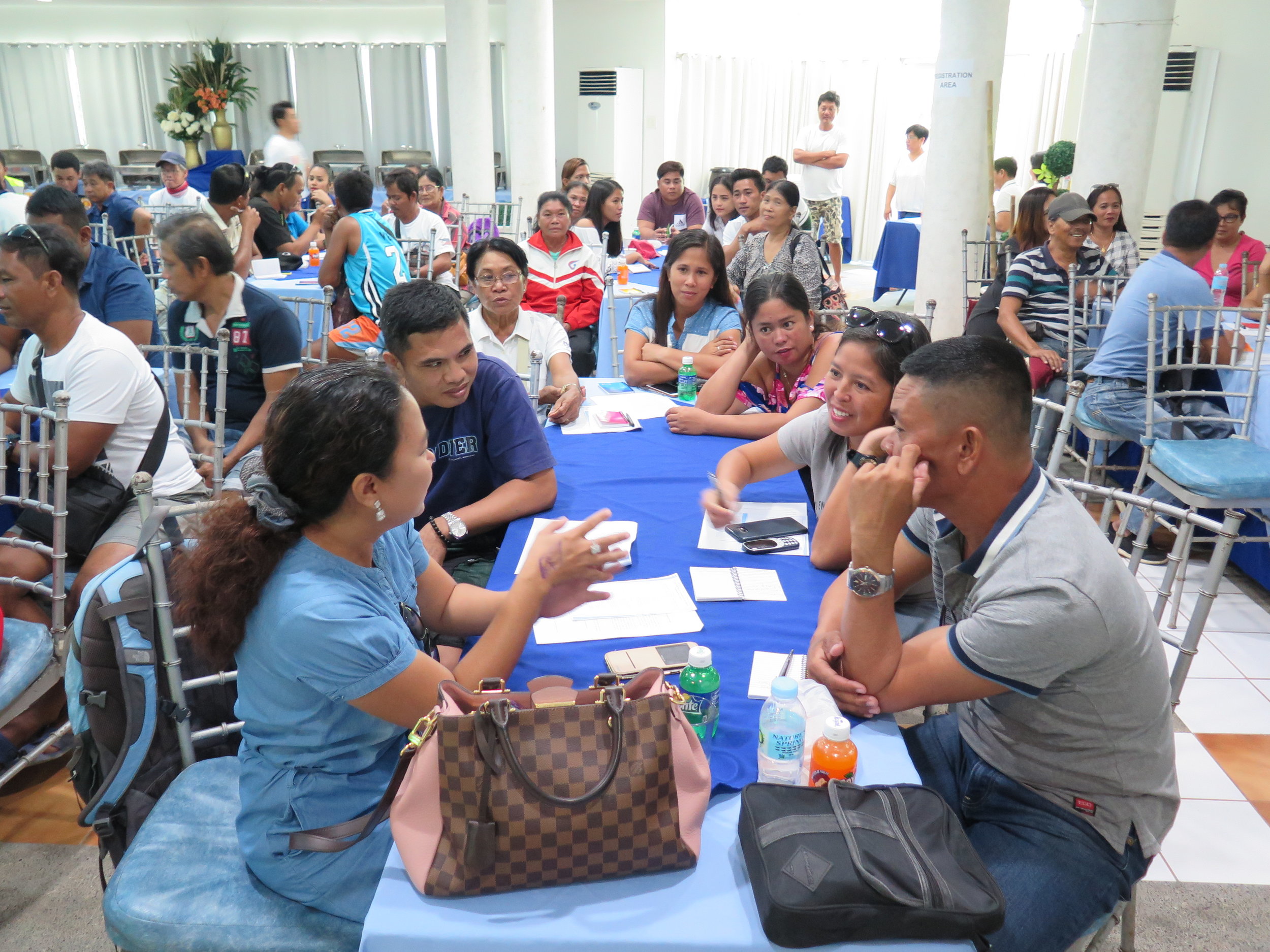The Philippines made headlines in 2018 with the shock closure of an entire island. Calling Boracay a “cesspool”, President Duterte created waves by shutting down the tourism industry and ordering DENR to rehabilitate Boracay within six months. It’s hard to imagine the overnight change of the lives of the community and businesses there. Some left and set up shop elsewhere, others stayed and toughed it out, and the Department of Environment and Natural Resources (DENR) teams had to pull together an entire rehab project in no time at all.
The move was controversial in its entirety. General consensus around the country was that yes, Boracay was in the advanced stages of tourism but in the nascent stages of infrastructure, and yes it was having significant impacts on its ecosystems, and yes something needed to be done. But more often than not, that last sentence was followed with “but not like this”. It was merciless on the community. An estimated 19,000 people lost their jobs and income. The Philippines GDP dropped by 0.6% in the quarter of the closure. There is uncertainty of who can continue to live on the island as the population exceeds the new carrying capacity identified. One woman I met had a recently established snorkelling business and had bought a new boat, just before the shutdown. You can imagine the financial strain her family went through with a surprise 6-month business hiatus enforced on them. Whether you agree with Duterte’s methods or not, it is in fact what happened, and the island and its people have survived. It reopened to tourists in October 2018 but water sports activities, including diving and snorkelling remained off limits until early December, allowing the corals a little more time to themselves.
I commend the national, regional and local DENR teams for taking on this unsolicited challenge, for pulling a task force together and for engaging the community and the private sector in the decision-making process. I commend the resilience of the community, for not giving up and for making the most of the situation. As one dive shop owner said to me “It’s not how I would do it, but it’s happened, and we might as well move forwards”. I met just a small fraction of people and had a brief insight into the situation and in true Filipino spirit, people seem to be making the most of this unique opportunity.
Presenting Green Fins to a full house of tourism stakeholders in Boracay - 10 December 2018
The DENR collaborated with the Boracay Business Administration of SCUBA Shops (BBAS) to organise a one-day Coastal and Marine Orientation workshop on 10th December 2018. It was an honour to be invited to present the Green Fins Toolbox and showcase the resources we have developed over 10 years of working hand-in-hand with the diving and snorkelling industries. There are so many factors affecting reef health, it’s easy to point the finger at others and say ‘they are having more impact, they need to do something about it’. This blame shift is something I have come across regularly in my seven years with Reef-World. So I was completely inspired to see the attitude of the participants, hungry for the support to take control over their own actions.
Breakout groups identifying threats and solutions during the Green Fins workshop.
Following an outline of Green Fins best practices and going through the materials in the Toolbox (all free for download), we split into groups and workshopped the current environmental threats from marine tourism and all the potential local solutions, from using posters to changing the way customers are managed on dives or snorkel trips to working together for larger projects like mooring buoy installation. One of the underlying messages from several groups was the power of explaining why when asking someone to change a habit or behaviour – a perfect fit with the Green Fins materials which are designed to facilitate exactly that.
After the Green Fins workshop, the DENR presented the results of reef surveys at key dive and snorkel sites, and a presentation on Crown-of-Thorns biology, ecology and clean up techniques. The day rounded off with a presentation from BBAS on the hard work the diving industry has been doing to aid rehabilitation during the last six months.
I may have only been on the island for a little more than 24 hours, but it was clear that the diving, snorkelling and tourism industry in general, have an inherent vision of what they would like Boracay to be, and they are on the hunt for solutions. For any tourism hotspot tourism is both a blessing and curse if not managed properly, and it is my hope that the stakeholders in Boracay become the role models for other destinations by clubbing together and taking responsibility for maximising the benefits and reducing the threats, not just for environmental sustainability, but the longevity of their tourism businesses.
Obligatory group shot at the end of a full day of discussions.




